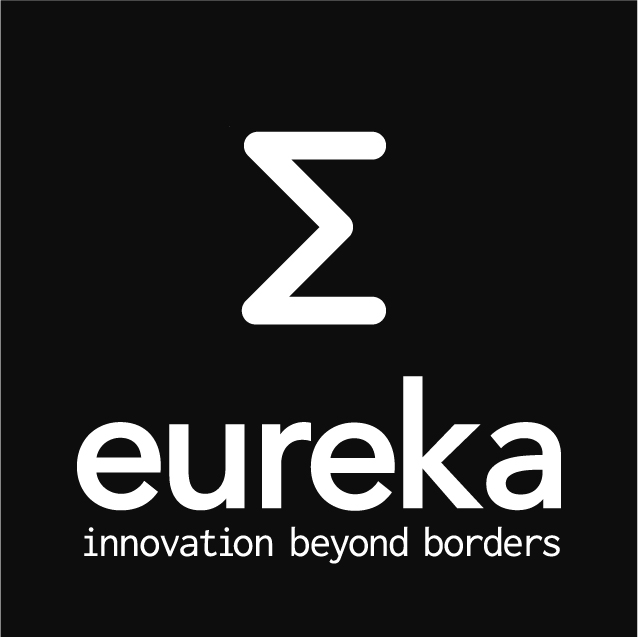Finished Project
![]()
100-GET-E3 (Sub-Project)
100 Gbit/s Carrier-Grade Ethernet Transport Technologies
- Project Website
- Project leaflet
![]()
| Project Coordinator | Project Consortium |
| Thomas Michaelis Nokia Siemens Germany phone: N/A e-mail: thomas.michaelis (at) nsn.com |
NSN – Nokia Siemens Networks (Germany), DE |
| CoreOptics, DE | |
| IHP microelectronics, DE | |
| Technical University Braunschweig, DE | |
| Technical University Dresden, DE | |
| Technical University München, DE | |
| Universität Würzburg, DE | |
| Nokia Siemens Networks Oy, FI | |
| Tellabs Oy, FI | |
| Nethawk Oyj, FI | |
| VTT (Technical Research Center of Finland), FI | |
| AALTO University, FI |
This is a “Celtic” project;
| Project Key Information | ||||
|
Start date |
End date | Budget (total) | Effort (total) | Project-ID |
| October 2007 | end 2010 | 18,687.8 k€ | 105.6 PY | CP4-001 |
| Abstract |
| “The 100GET subproject 100GET-E3 led by Nokia Siemens Networks aims on pre-development research for carrier-grade 100 Gbit/s networking technology for optical Ethernet/DWDM transport networks featuring the classical attributes of Ethernet networking technology – low cost and easy to use (plug&play). The basic idea is to augment transport system vendor competence with know-how from a number of leading partners from industry, academia and research institutes. This collaboration will provide two things:First, the most cost-effective transmission technology for 100 Gb/s Ethernet payloads for long-haul core networks, with a focus on coherent-detection of polarisation-multiplexed multilevel symbols (CP-QPSK). The optical signal has a high spectral efficiency of 2 bit/sec/Hz and reduces the symbol rate to 25Gbaud, enabling electronic equalization of both CD and PMD effects. It can be used in existing fiber infrastructure without additional tunable DC or PMD compensators – a key differentiating factor with respect to 50 Gbaud DQPSK and 100 Bgaud OOK transmission formats. With most of the receiver-side functionality operating in the digital domain, this part of the transceiver can take advantage of Moore’s law once tranceiver volumes rise.
Second, besides the 100 Gb/s transmission aspects, networking aspects are extensively studied. This integrated approach is important as in the near term, 100 Gb/s transmission technology is deemed a solution for high-end applications with short as well as longer reach, e.g. in metro and long-haul transport networking. Being no mass product like FE and 1GE, the aforementioned attributes of Ethernet networking will only be achieved by taking into account multi-layer and multi-domain aspects which reduce complexity, offer tailor-made functionality and enable network operators to provide transport-like end-to-end quality of service (QoS). |
| Focus areas |
|
| Expected outcome |
| The prototypes will be analyzed in 100Gb/s transmission system tests in order to enable to identify the most powerful technology options for next generation 100 Gigabit Ethernet products. |



